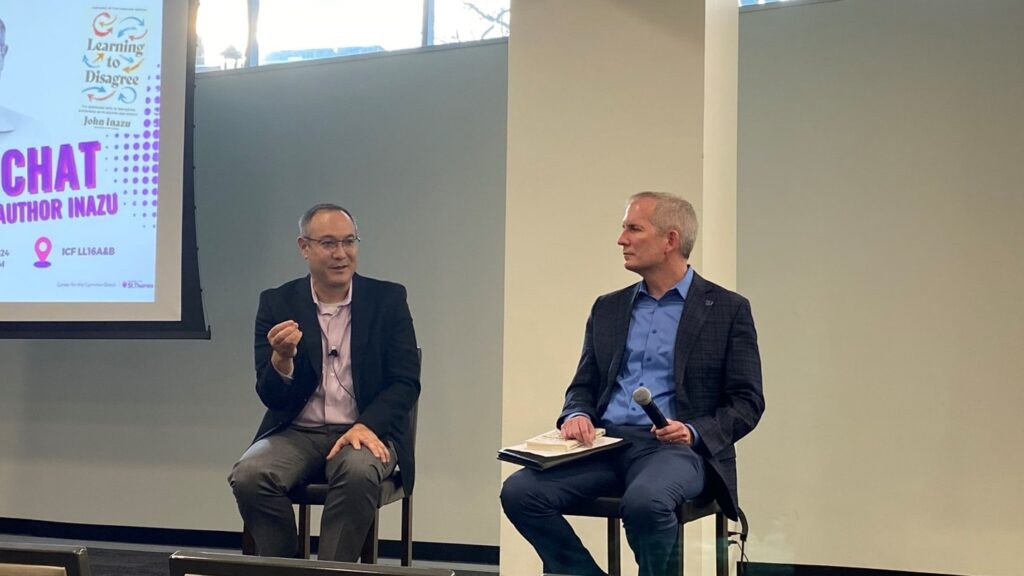Many companies talk about creating an inclusive culture that empowers employees to use diverse perspectives to their advantage. How many companies actually succeed in doing so? Harvard researchers, Boris Groysberg and Katherine Connolly, recently talked with 24 CEOs of companies known for embracing workplace diversity to gain some insight. Their article Great Leaders Who Make the Mix Work points to several common themes.
The CEOs interviewed agreed an inclusive culture was defined as “one in which employees can contribute to the success of the company as their authentic selves, while the organization respects and leverages their talents and gives them a sense of connectedness.” In general, they each made it their personal mission to promote and foster an inclusive culture throughout their company. This wasn’t a once a year, once a quarter or once a month conversation. It was constant in the way strategic decisions were made company-wide. They were hands-on in dedicated their own time to work on promoting these initiatives through the company rather than simply delegating it. Creating an inclusive work environment often fit into other areas of the company’s strategy, as well. Without a diverse workforce, it is more challenging to meet the needs of an increasingly diverse customer base.
Groysberg and Connolly came up with the eight best organizational practices for instilling an inclusive culture based on their interviews:
- Measure diversity and inclusion
- Hold managers accountable.
- Support flexible arrangements.
- Recruit and promote from a diverse pool of candidates.
- Provide leadership education.
- Sponsor employee resource groups and mentoring programs.
- Offer quality role models.
- Make the chief diversity officer position count.
Now what? You may not be the CEO but there are likely ways you can work to incorporate these ideas into your own company. I’d highly recommend registering at hbr.org, to get free access to the full Great Leaders who Make the Mix Work article for more about this research. Then, we’d like to hear your thoughts. Does your company cultivate a culture of inclusion? If so, are some or all of the practices above used? Other ideas?






